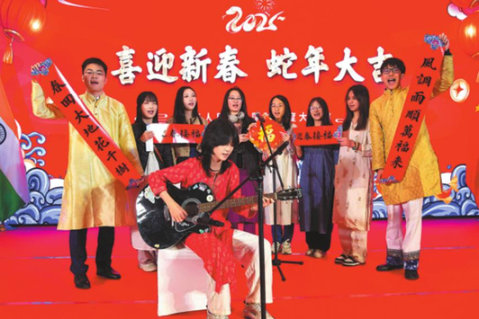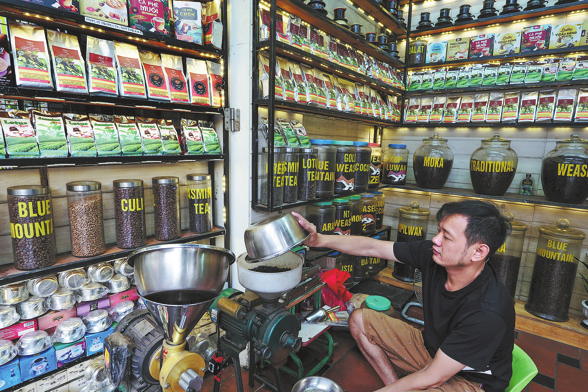A two-for-tea study double-dips into ancient Silk Road history

The Tea Horse Road. It's been called the lesser-known little brother of the colossal Silk Road that linked China with Central Asia, Western Europe and Africa.
But the Tea Horse Road - the 1,400-mile route that connected tea-growing Sichuan province with the 12,000-foot-high Tibetan capital of Lhasa - just got a little older, thanks to modern science.
Tea, which has been used in Buddhist rituals for centuries, does not grow in Tibet. But what does grow there is something the Chinese needed desperately right up through the mid-Qing Dynasty - their superbly bred rugged little Nangchen horses. With lungs adapted to the thin air of the plateau, they turned into powerhouses in lower altitudes and were in constant demand.
Until now, tea was believed to have first arrived in Tibet as part of Tang Dynasty (618-907 AD) Princess Wen Cheng's dowry on her betrothal to Tibetan King Songtsen Gampo in 641.
But a research team from the UK and China has found evidence that not only was tea being drunk in China earlier than previously thought, it was being transported along the Tea Horse Road centuries before Princess Wen Cheng's wedding.

The first known written reference to tea is from 59 BC, according to a new study published in the journal Scientific Reports. And the earliest physical evidence of tea was from China's Northern Song Dynasty (960-1127 AD).
The research team recovered plant remains from two burial sites: the tomb of Liu Qi, fourth emperor of the Han Dynasty who died in 141 BC, north of Xi'an, and a second-century AD Gurgyam cemetery in Ngari district, Tibet.
In the emperor's tomb, among macrofossils of foxtail millet and rice, they found apparent plant leaves gathered into dark brown brick shapes.
In the Tibet tomb, along with a wooden coffin and well-preserved skeleton, they found pieces of silk with the woven Chinese characters for "King and Princess", ceramic and bronze vessels, a golden mask and in one ceramic bowl, what appeared to be plant residue.
"The small plant leaves from both samples show several morphological features that match those of tea," the study's authors write.
But looking like tea wasn't enough, they had to prove it was tea. Using chromatography and mass spectrometry they identified caffeine (a good start but caffeine is in lots of things - coffee, cola, cacao and gurana, to name a few), but only tea also has the amino acid theanine, and only one species of tea (Camellia sinensis) has it in the quantities both samples showed.
Along with a third test, the scientists were able to "confirm physical evidence for tea being imported to Xi'an in the first century [BC] and westwards to Tibet by the second century [AD]."
The tea that was pressed into moulds with sticky rice water, dried into 6-pound bricks and carted the treacherous route to Tibet - crossing windswept tundra, icy rivers, perilous mountain passes - was probably not the cream of the crop and over the years drinking it evolved into what's called yak butter tea, a staple of the region to this day.
It's rare that one study kills two birds with one stone - that tea was being drunk a lot earlier than previously believed and that the Tea Horse Road was active centuries earlier too.
As study co-author Dorian Fuller, professor of archaeobotany at University College London, told National Public Radio, "The identification of the tea found in the emperor's tomb complex gives us a rare glimpse into very ancient traditions which shed light on the origins of one of the world's favorite beverages."
Next to water, tea is the world's most favorite beverage, consumed by more than two-thirds of the world's population, according to the study.
Contact the writer at chrisdavis@chinadailyusa.com.

































